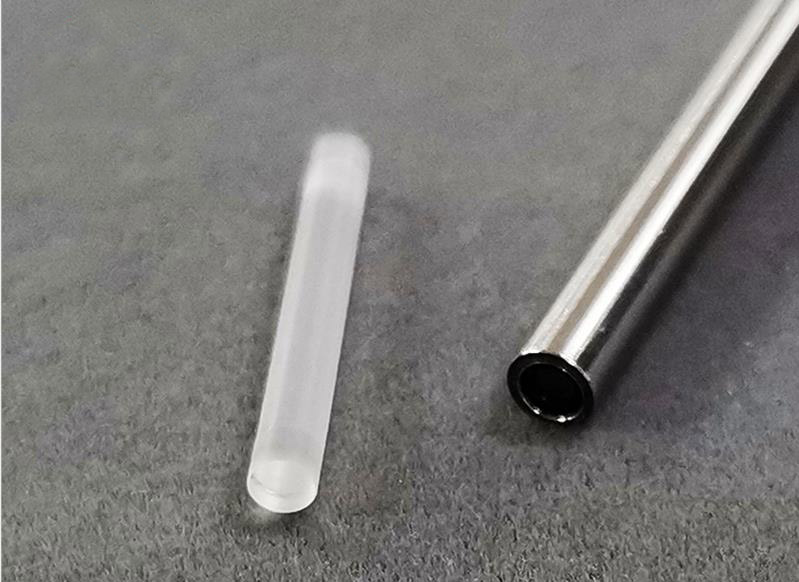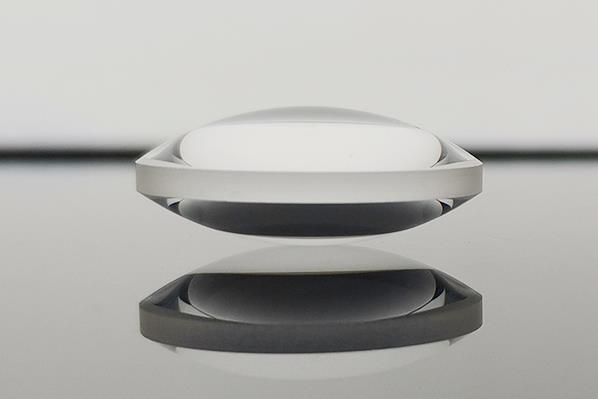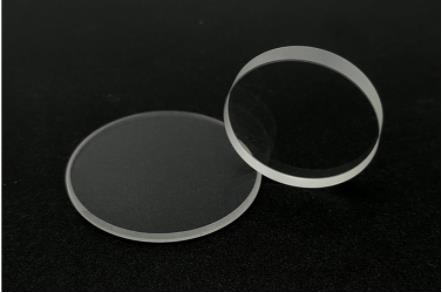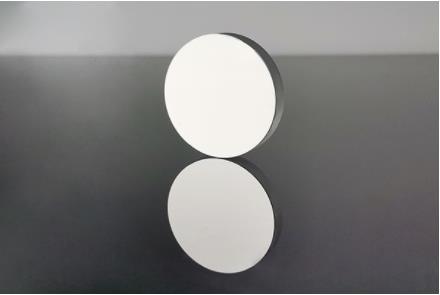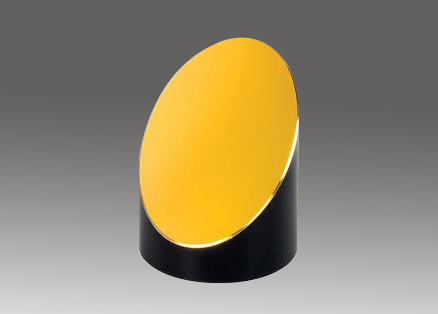Rod Lenses for Rigid Endoscopes product
Rod lens systems use special glass rods with optically finished ends, providing images with higher brightness, contrast and colour reproduction than conventional lenses.
Commonly, rigid endoscopes have a series of high-resolution optical glass rod lenses. The endoscopes can be forward viewing (0 degrees) or angled (10–120 degrees) to allow visualization out of the axis of the telescope and increase the FOV by rotating the instrument. The optical quality of lens-generated images of rigid endoscopes still surpasses that of the fiber-optic or digital images produced by flexible scopes.
| Material | N-BK7, UVFS, H-K50, |
| H-F4, H-BAK7, H-LAF10L, | |
| N-SK15, H-ZK21, H-F1, H-ZF4 | |
| Diameter | Ø0.6mm or customization |
| Type | Flat/Flat |
| Plano-Convex | |
| Plano-Concave | |
| Cemented | |
| Flatness | N<3, ΔN<0.5 for spherical surface |
| N λ/4~λ/8 for flat surface | |
| Centering | <5’ |
| Surface Quality | 20/10~60/40 |
| Clear aperture | 90% |
| Coating | Uncoated, or customized |
Micro Rod Lenses are available with flat, plano-convex, plano-concave, cemented etc which applied in medical endoscopes
|
Plano-Plano Rod Lens |
|
|
Plano-Convex Rod Lens |
|
|
Two Lenses Cemented Rod lens |
|
|
Three Lenses Cemented Rod lens |
|
|
Four Lenses Cemented Rod lens |
|
| Material | Length | Dia1 | Dia2 | Dia3 | Dia4 | Dia5 | Dia6 | Dia7 | Dia8 |
|
N-BK7, UVFS, H-K50, H-F4, H-BAK7, H-LAF10L, N-SK15, H-ZK21, H-F1, H-ZF4 |
11.4 | 2.1 | 2.0 | 1.9 | 1.8 | 1.7 | |||
| 14.7 | 2.1 | 2.0 | 1.9 | 1.8 | 1.7 | ||||
| 15 | 2.1 | 2.0 | 1.9 | 1.8 | 1.7 | ||||
| 17.6 | 2.2 | 2.1 | 2.0 | 1.9 | 1.8 | ||||
| 19.4 | 2.2 | 2.1 | 2.0 | 1.9 | 1.8 | ||||
| 20.2 | 2.2 | 2.1 | 2.0 | 1.9 | 1.8 | ||||
| 22.9 | 2.8 | 2.7 | 2.77 | 2.2 | 2.1 | 2.0 | 1.9 | 1.8 | |
| 23 | 2.8 | 2.7 | 2.77 | 2.2 | 2.1 | 2.0 | 1.9 | 1.8 | |
| 24 | 2.8 | 2.7 | 2.77 | 2.2 | 2.1 | 2.0 | 1.9 | 1.8 | |
| 29 | 3.5 | 3.2 | 2.77 | 3.0 | 2.8 | 2.7 | |||
| 29.5 | 3.5 | 3.2 | 3.0 | 2.8 | 2.7 | ||||
| 29.8 | 3.5 | 3.2 | 3.0 | 2.8 | 2.7 | ||||
| 46 | 6.6 | 6.5 | 6.0 | 5.5 |


